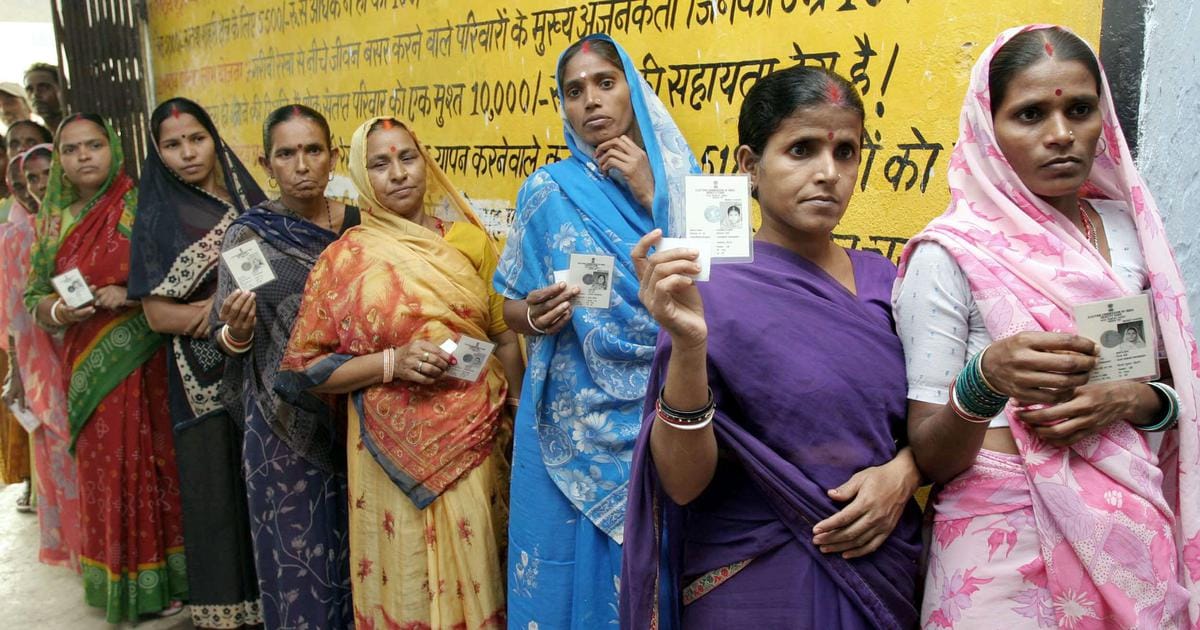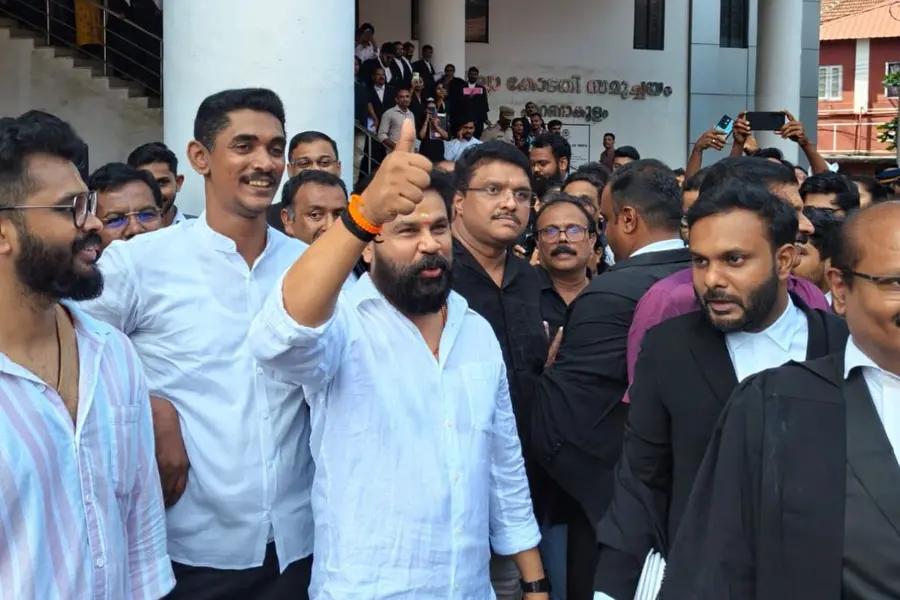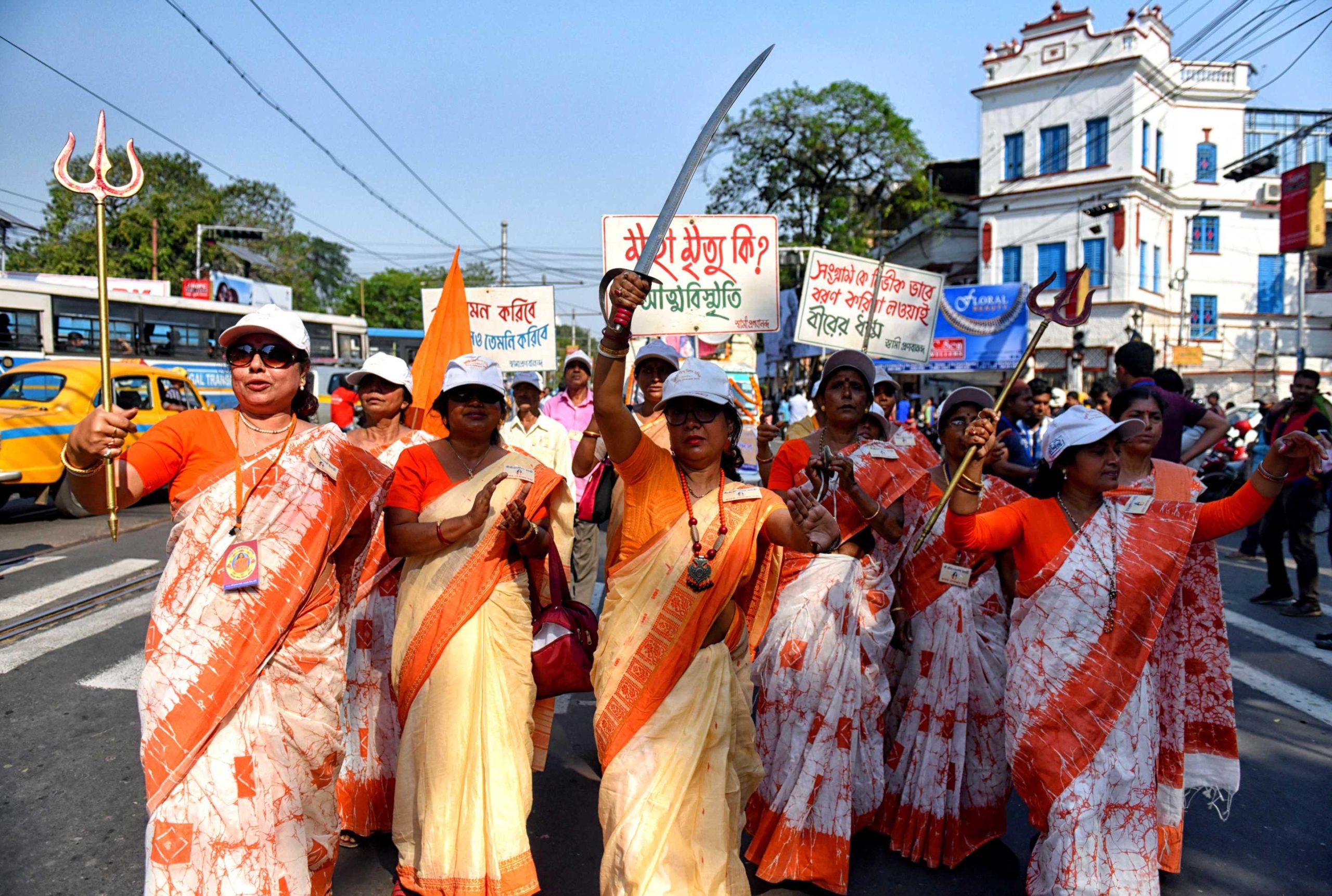As the Bihar elections approach, the Election Commission of India (ECI) conducted a Special Intensive Revision (SIR) of the voter list. This exercise, it claimed, was targeted at cleaning the electoral rolls by adding eligible voters and removing those who are not, including non-citizens, deceased voters, and those who have migrated from the state. The voter list will be updated by verifying identity, citizenship, and address.
While routine revisions of the voter list are carried out periodically, with the last rounds of roll updates for the Bihar elections concluding in January 2025, the SIR now requires all eligible voters from the state to present fresh documentation. Essentially, it needs every voter to corroborate with documentary evidence that they hold the right to vote. The draft roll was published in early August, and the final voter list is set to be published by the end of September.
An analysis of the draft roll found that more women than men were left out of the electoral rolls following the revision exercise. In 37 of 38 districts, women were excluded from the lists in higher numbers than men, and in 43 of the 243 assembly constituencies of the state, more than 60 per cent of those excluded from the draft roll have been women.
When compared with the January 2025 list, 25 lakh men, which amounts to 6.5 per cent of the electorate, were left out of the draft roll. However, women were left out in greater numbers, at 31 lakhs, which is over 9 per cent of women whose names appeared in the January rolls but have now been deleted.
India’s document-poor women
The Election Commission requires eligible voters in Bihar to provide proof regarding the date and place of birth, citizenship, and residence. There is little definitive clarification regarding what constitutes valid proof. The ECI has stated, however, that the Aadhaar, voter ID, and ration cards do not constitute valid proof for the exercise.
Birth certificates, caste certificates, and papers of land ownership are being sought instead. But for Indian women, especially those from poor and marginalised backgrounds, access to these documents isn’t a given.
Birth certificates aren’t easy to come by in many parts of the country. While the law has mandated the registration of births and deaths since 1969, the ground reality is wholly different, especially for poor and rural women. Lack of awareness and access, poverty, corruption in the issuance of certificates, and a prevalence of home births all play a role (as found by a PARI report analysing birth registrations of girls in Bihar’s Madhubani). Further, in states with a higher prevalence of child marriage, parents often resist getting the births of their daughters registered to ensure no paper trail exists to ascertain their age. Bihar has a high incidence of child marriage.
Birth certificates, caste certificates, and papers of land ownership are being sought instead. But for Indian women, especially those from poor and marginalised backgrounds, access to these documents isn’t a given.
A 2020 IndiaSpend survey found that 35.7 per cent of children under five did not have birth certificates. The analysis also showed that children born before 2005 or belonging to the poorest sections of society, scheduled castes and tribes, and families with no formal education are less likely to have their births registered.
Another 2020 study found that a fourth of the births in Bihar went unregistered. With registration rates lagging in the state by 11 percentage points against the national average. Large discrepancies exist between districts as well, with Bihar’s Purnia recording 99.1 per cent of births and East Champaran only recording 44.2 per cent. Purnia has over 10 per cent of its population residing in urban areas, as opposed to the 7 per cent of East Champaran. Similarly, Purnia has a literacy rate of 72.9 per cent, which is close to the national average, as opposed to East Champaran’s dismal 55.79.
Bihar also has one of the lowest literacy rates for women in India. Women who have received little to no formal education won’t possess other critical forms of identification, such as board marksheets and school-leaving certificates. In the district of Gopalganj, with the highest discrepancy between male and female deletions, 11 per cent of the men were removed from the polls, while 17.8 per cent of women were removed. However, according to the last available data from the 2001 census, the district has a vast gender disparity in literacy, which can put these numbers into context.
Women changing their surnames after marriage can also play a crucial role. While legal channels exist for a name change, they are often long, arduous, and expensive. Thus, it’s no surprise that the documentation women possess, based on whether it is obtained before or after marriage, can consist of discrepancies. And if marriages aren’t registered, these discrepancies can’t be explained either.
Another form of proof that the ECI considers is residence certificates. While lakhs of people clamoured to obtain these certificates once the SIR was announced, an India Today report said that there was a quiet freeze imposed on issuing new certificates. It also found that bribes were sought to issue these certificates.
Disenfranchisement of marginalised women
The Bihar elections SIR exercise penalises the poor and marginalised, potentially disenfranchising them. While women have disproportionately borne the brunt of the revision, marginalised women face greater threats. There has been an urban-rural divide in what constitutes valid documentary evidence. While in urban Patna, Aadhar and EPIC cards were accepted, in Seemanchal and other rural areas, only birth certificates, caste certificates, and land papers were sought.
Women who face double disadvantages due to their religious and caste identities are also at increased risk. Muslim women, for instance, are some of the most economically and politically marginalised in India. While women made the majority of deletions overall, it was found that the highest number of deletions occurred in districts with a considerable Muslim population.
While women made the majority of deletions overall, it was found that the highest number of deletions occurred in districts with a considerable Muslim population.
Tribal women, too, are at an increased risk. Awareness of and access to birth registrations remain low among tribal populations, and when combined with lower levels of education, landlessness, and poverty, access to documents becomes exceedingly hard. In 2020, speaking out against the NRC, tribal women of nomadic and semi-nomadic tribes in Madhya Pradesh said that they lack most documents, ascribing home births, landlessness, and non-issuance of caste certificates as the reason for this. This is often the norm in tribal communities in India. India Today reported in 2024 that the Katkari Adivasi community in Maharashtra solely had voter IDs by way of documentation.
The shifting of the burden to prove eligibility to vote onto the individual, as opposed to the ECI justifying why it removes each voter, also works to further make marginalised groups more vulnerable. Lack of documents and reduced access to expensive and complex redressal mechanisms make the most vulnerable groups more likely to be left out of the revised electoral rolls.
Further, the disenfranchisement of women, especially marginalised women, poses greater dangers beyond just denying them a constitutionally guaranteed right, which is the bedrock of our democracy. If large populations of women cannot vote, then their voices will go unheard by representatives. Without the ability to vote out someone who doesn’t work for their benefit and their causes, women relinquish all power to be heard. This is especially true for women who come from marginalised backgrounds, whose voices already go unheard, but risk being entirely silenced and politically sidelined if they are disenfranchised.
Disenfranchisement to statelessness
While the right to vote is a critical guarantee in any democracy, the Bihar elections SIR exercise not only threatens to disproportionately disenfranchise women, but it also paves the way for casting questions upon their nationality. Speaking to The Reporters’ Collective, a former ECI official cautioned how the exercise could not only disenfranchise people but also raise unfair doubts over citizenship.
Another ex-official said that the exercise could end up creating a list of ‘doubtful’ citizens across the country. The Reporter’s Collective also came across a video that saw district officials in Bihar’s Araria expressly telling people that the exercise is aimed at verifying the citizenship of those who weren’t named in the 2003 electoral roll.
Women will not only shoulder a vastly greater risk of disenfranchisement during Bihar elections, but also of potential statelessness.
Women, then, will not only shoulder a vastly greater risk of disenfranchisement but also of potential statelessness. In 2020, it was found that poor women became ‘easy targets’ of Assam’s NRC detentions due to their lack of extensive documentation, which was a consequence of their socio-economic marginalisation.
The ability to vote bestows a voice on the electorate and ensures their representatives not only hear them but also work for them. With large portions of the electorate disenfranchised, especially those who are already politically marginalised and hold little political power, politicians will be even more inclined to serve and cater to a small group of people whose socio-economic privilege affords them greater political sway. Bihar’s SIR not only poses the risk of disenfranchising lakhs of women and opening the doors for potential NRC implementation, but it also silences millions whose voices were already struggling to be heard.
About the author(s)




